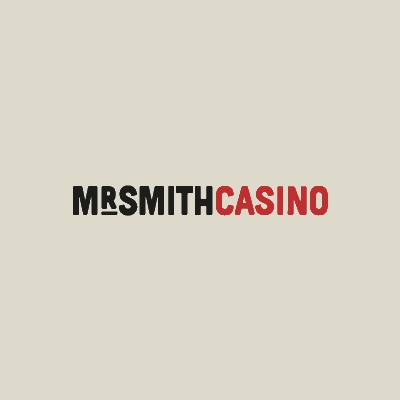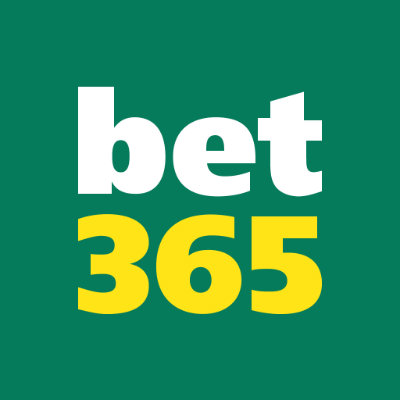Five top tips for playing high-stakes blackjack
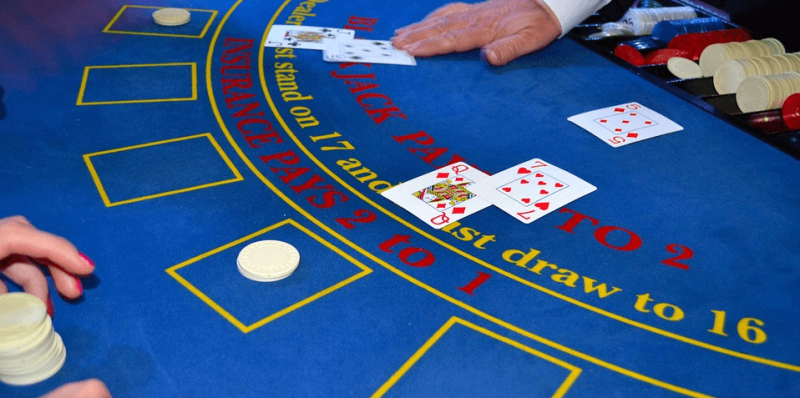
It’s easy to see why so many people love playing blackjack. The rules are simple enough to learn, you can be seated and play with others, chatting away over a drink, and the dealers are friendly and helpful. But if there’s one thing we like more than any other, it’s the chance to win some money.
But hang on, doesn’t the casino always have the edge? Well, statistically, yes it does, but this might only be around 1% if you employ a basic strategy.
Studying the game in more depth, and being confident playing for high stakes, might narrow that edge further. It means you have more of a chance of making a profit in a session.
Here are five tips for improving your chances. You can find even more information about high stakes blackjack on www.highstakesblackjack.co.uk.
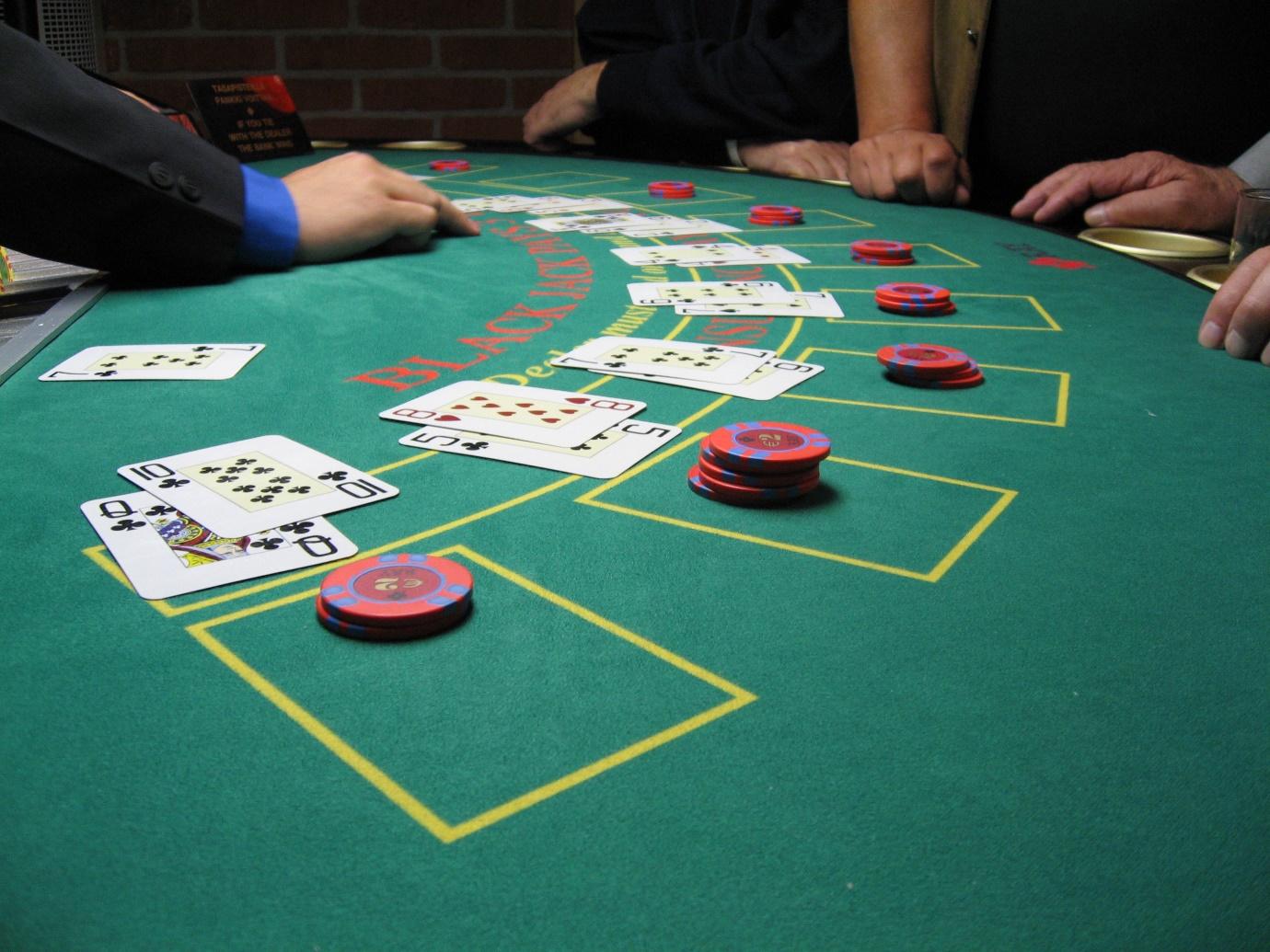
- Have a suitable bankroll
The first rule is not so much about strategy, but more common sense.
A suitable bankroll, the amount with which you can comfortably gamble, has two clear-cut benefits:
- You are playing with what you can afford to lose. If you are laying out too much on the line, the fear of losing will affect your psychology. In situations like this, your judgment will be clouded, and you will not make the optimal plays. Instead, you will be reserved and stand when you should hit, or play safe instead of doubling down in the right situation.
- Following on from point one, having a decent bankroll means you should be able to sit down at a game without risking ruin by losing everything. In poker, for instance, your bankroll is your total amount available to you for playing. Let’s say it’s £1,000. It’s always a good policy not to risk any more than 5% of your roll in any single game. So, in blackjack, sit down with £50 at the table. If you lose it, you now have a roll of £950, so next time sit down with £47.50. Taking this approach means you’ll never face disaster.
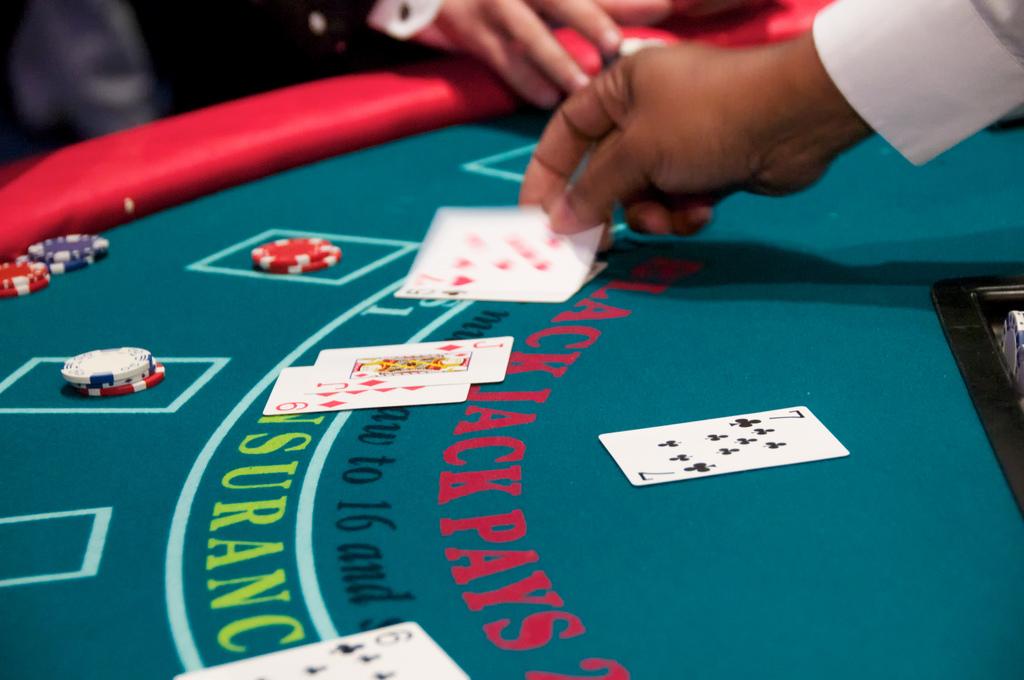
- It’s all about the dealer’s open card
With the affordability issue understood, the key to successful blackjack strategy is the size of the dealer’s open (face up) card. The reason the house has an edge is that you make your playing decisions with an assumption of what the dealer’s second, face down card is.
Given that all picture cards (jacks, queens and kings), together with tens have the value of ten, you must always assume it’s most likely the second card will be a value ten.
With that in mind, you can assess the likely total value of the dealer’s hand. It’s only then that you turn to the cards you’ve been dealt and act accordingly.
A dealer has to draw another card if he has 16 or less. So, if the dealer is showing a 2-6, the chances are he has a total of 12 to 16. When he takes another card the chances are it will be another high card, meaning he’ll bust over 21.
If the probability is the dealer will indeed go on to bust, then you can stand, in other words, stick with your two cards, even if your value is a tricky one like 13-15. Why risk going bust when the chances are the dealer will go bust for you?
- When to double down and maximise profits
At the beginning of each blackjack hand, the player makes his bet, within the table limits. When it’s his turn to make his first decision, to hit or stand, he can hit while doubling down his bet. So, if you bet £25 at the start of the hand, you can add a second £25 bet if you decide to hit.
You’ll only do this when the cards appear to be in your favour. So, if your two starting cards amount to ten or 11, you should double down and hit, reasoning the next card will also be value 10, giving you a potentially winning total of 20 or 21.
If the dealer’s face up card is poor value, such as a 4-6, you can widen the number of hands you’d be willing to double down on, perhaps down to a total of nine. You might also add A-7 down to A-4 as well because with A being total 11 or 1, it gives you plenty of chances to improve your hand without going bust.
While you should always double down with a value of 11, you might want to be conservative if the dealer’s face card is an ace, meaning his blackjack (21) chances are high – otherwise, you’ll be doubling your risk to, at best, push the pot (split the pot).
- Knowing when to split
Like doubling down, splitting is another way of getting more of your money in play. You can split when your two opening cards match. However, it’s only profitable to do so in a few situations that, again, depend on the dealer’s face card value.
Splitting means you get dealt another two cards, each to go with one of your original, giving you two hands. In the right circumstances, this might mean winning both hands and doubling your winnings.
You should never split with tens. You’ve already made a 20, which is almost always good enough to win without risking another penny (or at least push). However, if you get dealt two aces, you should always split, figuring the chances are you’ll be dealt at least one ten-value card to make blackjack. Even a nine will make you a score of 20.
Split eights all the time, nines (unless the dealer is showing an ace or ten), and also sevens if the dealer is showing seven or less. That’s because you will have two chances to hit a medium score up to 17 when it’s likely the dealer will go bust or, at best, hit 17.
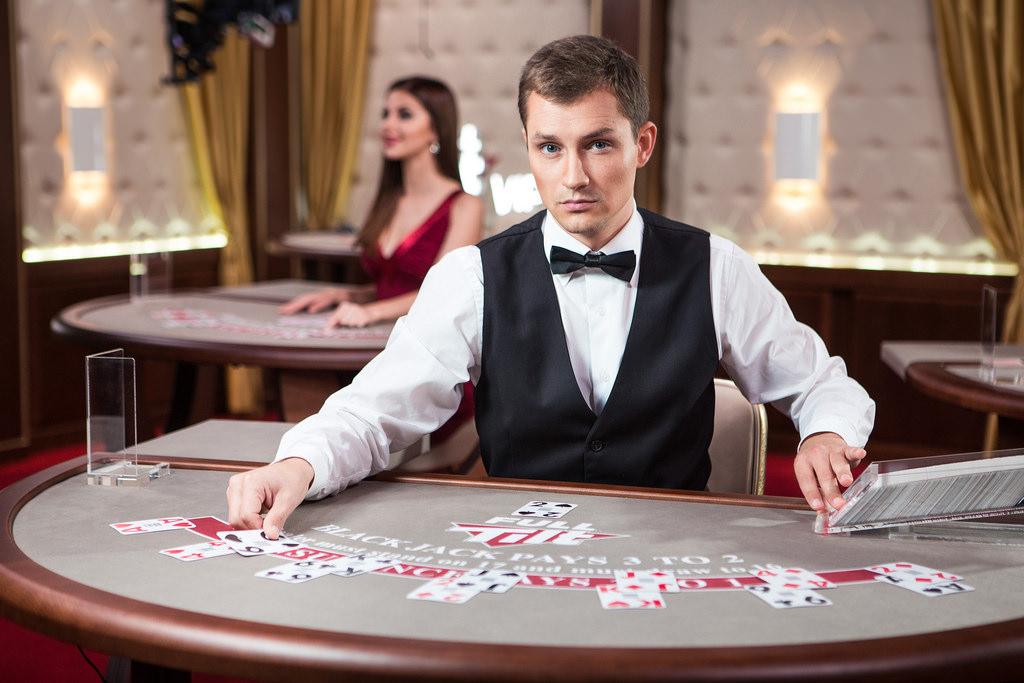
- Know when to walk away
The above strategies are perfectly valid for increasing your chances of making a profit. However, there’s one more often unwritten strategy that you must never forget: knowing when to walk away from the table.
Any form of gambling is a matter of psychology. If you’re having a good session and are in profit, have you got the willpower to get up and leave with the extra money in your pocket? Or will you keep going and risk a losing streak, wiping out your profit? And if you’re on a terrible session, don’t go chasing your losses. Understand that you can’t win every time and leave. Come back another day when your mind is fresh.








